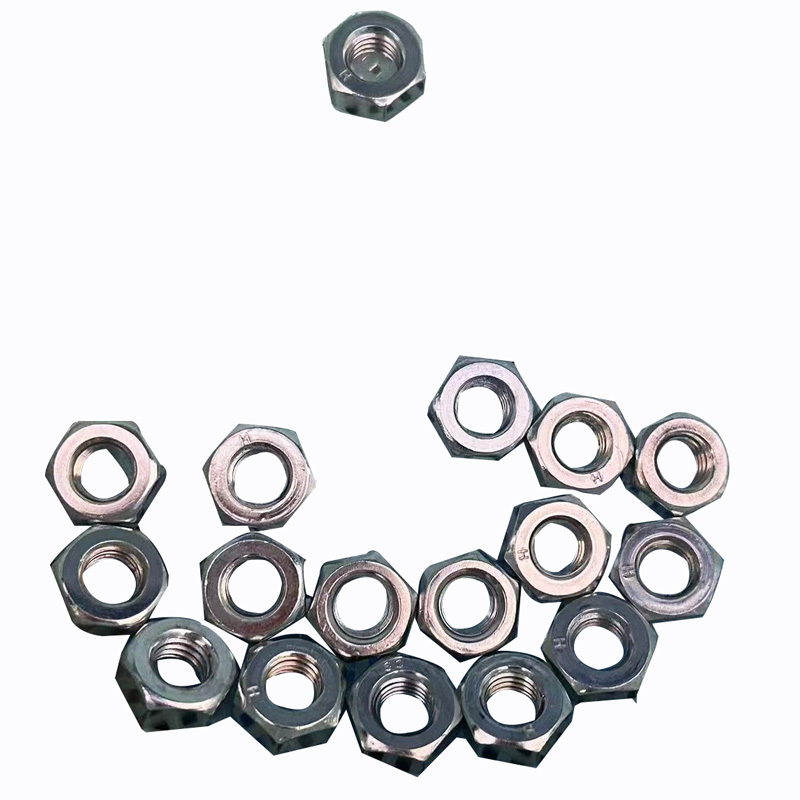

Galling of stainless steel nuts is usually caused by excessive thread friction or insufficient lubrication, resulting in sticking on the thread surface and preventing the nut from rotating properly. To prevent galling of stainless steel nuts, the following measures can be taken:
1. Choosing the Right Nut and Bolt
Material Matching: Try to choose identical or compatible materials for the nut and bolt. Different metals or alloys have different expansion coefficients and friction characteristics when subjected to stress, which can easily lead to mismatch and galling.
Surface Treatment: Choose nuts with surface treatments such as galvanizing or phosphating to effectively reduce friction and corrosion and improve anti-seizing properties.
2. Increase Lubrication
Apply a suitable lubricant, such as rust-proof oil or grease, to the threads. Lubricants reduce friction, allowing the threads to rotate more smoothly and preventing excessive wear and galling.
Select the appropriate lubricant, especially for high-temperature environments or special working conditions, and choose high-temperature grease or solid lubricants.
3. Proper Torque Control
Use a torque tool to control the force applied to prevent excessive torque and prevent galling. Proper tightening torque helps prevent over-compression and excessive friction in the nut.
Avoid using excessive force when tightening, especially during the initial tightening phase. Apply force gradually rather than all at once to reduce stress concentrations between the threads.
4. Use Anti-seize Nuts
Select nuts with an anti-seize design. These provide additional friction, preventing the nut from loosening and overtightening.
5. Avoid Environmental Factors
Corrosion Prevention: Avoid exposing stainless steel nuts to environments containing chloride ions, such as seawater, as chlorides can cause stress corrosion cracking.
Temperature Control: The difference in expansion coefficients between nuts and bolts in high-temperature environments can lead to galling, which can be avoided through proper material selection and temperature control.
6. Regular Inspection and Maintenance
Regularly inspect the condition of the nuts to ensure they are free of excessive wear and corrosion, and clean and lubricate them promptly.
If the nuts and bolts are severely worn, consider replacing them with new ones.
These measures can effectively prevent galling of stainless steel nuts.
